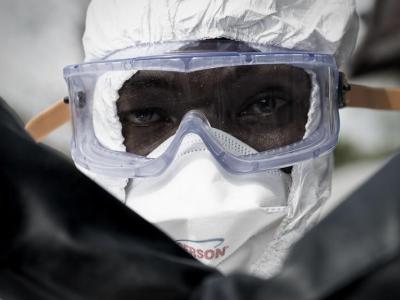Declining global flu activity marked by uptick in B-positives
Flu activity in Northern Hemisphere countries is headed toward interseasonal levels despite a late-season rise in influenza B activity in many areas, including Asia, the Middle East, and North America, the World Health Organization (WHO) said today in its latest global flu update. Though each flu season is different, flu experts say it's not unusual to see a late-season rise in influenza B activity.
In Europe, most flu markers declined, but the percentage of samples positive for flu was up a bit, with Eastern Europe seeing a late flu season compared with the rest of the region, says the report.
China's flu activity is approaching interseasonal levels, and though influenza B detections have increased, especially in the north and south, influenza A remains the dominant strain this season, according to the WHO.
In Canada, Mexico, and the United States, an increasing proportion of influenza B detections was reported against a backdrop of declining flu activity overall.
In the Southern Hemisphere, flu activity was still low, with only sporadic detections. The region's flu season typically runs from May through October.
Globally, influenza A is the dominant strain and accounted for 62% of detections. Of the subtyped influenza A viruses, 52.8% were H3N2 and 47.2% were the 2009 H1N1 virus.
Apr 22 WHO global flu update
Taiwan detects imported H7N9 infection
Taiwanese health officials today reported an H7N9 influenza infection in a traveler from the mainland's Jiangsu province, the region's third such imported case, according to a report from China News Agency (CNA), which cited Taiwan's Centers for Disease Control.
The patient is a 44-year-old woman who came to Taiwan on Apr 17 with a tour group. She had a dry cough and muscle aches the day she arrived and immediately sought care at a clinic. The next day her condition worsened, and the woman went to a hospital where tests showed she had pneumonia and pleural effusion. She was hospitalized and treated with oseltamivir (Tamiflu) on Apr 20. She is listed in serious condition and is in the intensive care unit, according to the CNA report.
An official from Taiwan's Centers for Disease Control told CNA that the woman had bought slaughtered chicken at a poultry market in Nanjing before she traveled to Taiwan. So far no signs of illness have been seen in other members of the woman's tour group.
Her infection lifts the overall H7N9 outbreak total to 429, according to a running list of cases kept by FluTrackers, an infectious disease news message board. So far 293 illnesses have been confirmed during the second wave of H7N9 activity, which began in October, compared with 136 in the first wave.
Apr 22 CNA story











